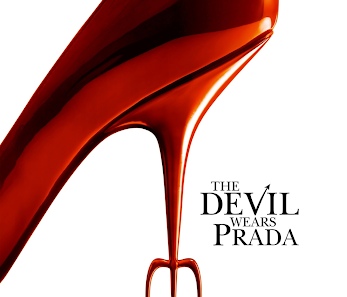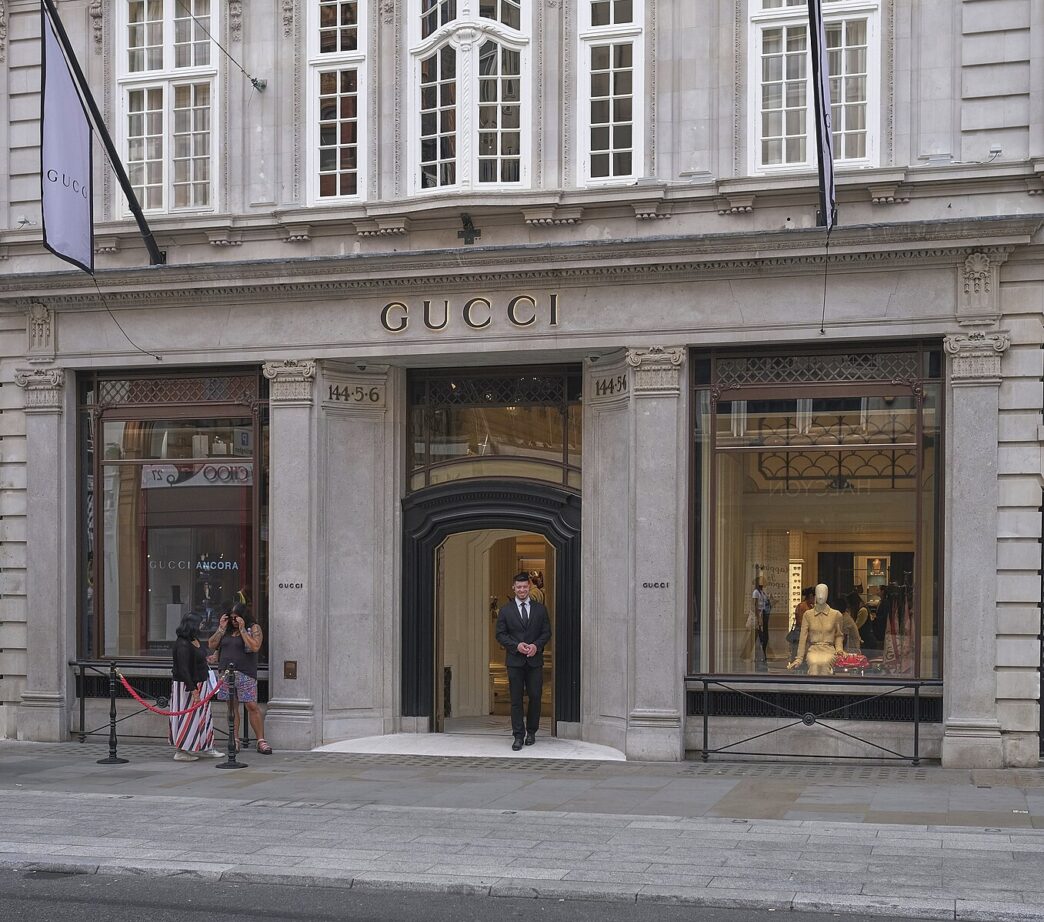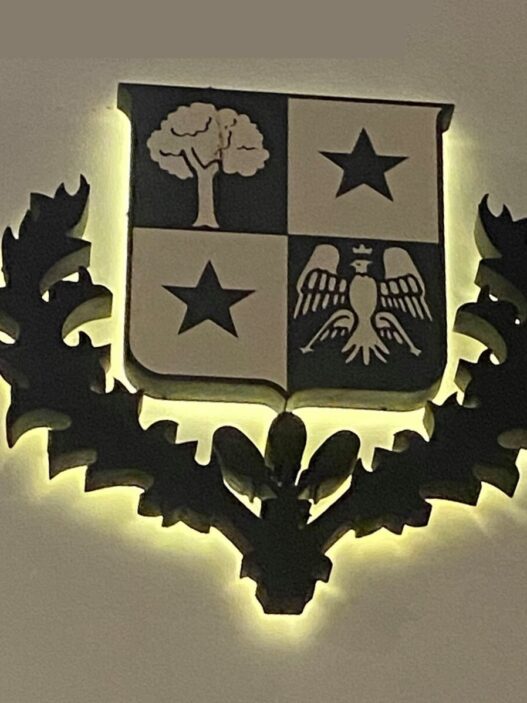Gucci America, Inc. v. Guess?, Inc. (2012) is one of the few cases in fashion law that has so vividly highlighted the contradictions in the fields of innovation, business, and intellectual property protection. A decision was made in the case by the U.S. District Court of the Southern District of New York, which involved allegations by the company Gucci that Guess was improperly using major elements of its brand identity. The court has set a subtle precedent by dismissing some of Gucci’s broader claims, while admitting infringement in other forms. The case provides insight into how intellectual property law can establish a boundary between the concepts of inspiration and imitation in an industry that heavily relies on both ideas, and thus is not merely a battle between two corporations.
Since its establishment in Florence in 1921, Gucci has been synonymous with Italian style elegance, and its name is associated with symbols that convey exclusivity. Its most recognisable visual signifiers are the interlocked double-G monogram, the Diamond Motif canvas pattern with Gs in the corner, and the Green-Red-Green (GRG) stripe. These accessories are not merely ornaments, but rather a component of the semiotic identity of the Gucci brand, making customers aware that a belt or purse is part of the world of exclusive high fashion (Chitrakorn, 2018).
Guess is a mid-market lifestyle brand that was launched in Los Angeles in 1981. It gained popularity due to its association with denim and fashionable, yet affordable clothes. Although Guess is less high-end than Gucci, the brand still conveys a luxurious connotation and often relies on the visual code of luxury to appeal to customer aspirations. Two of the sneakers designed by Guess that imitate the safeguarded features of Gucci by the beginning of the twenty-first century are the Melrose 2 sneaker, featuring the GRG stripe, and the Quattro G pattern, which is similar to the Diamond Motif used by Gucci (Cooke, 2012). Based on the inside messages, Guess was aware of the similarities and once instructed designers to step down. Nevertheless, products of fake quality continued to find their way into the market.
Gucci’s Legal Claims
In 2009, Gucci brought a lawsuit against Guess, alleging four grand infractions. Gucci claimed that Guess’s Quattro G design had illegally used the Diamond Motif trade dress, particularly the beige-and-brown designs that are integral to Gucci’s canvas goods (Cooke, 2012). Gucci asserted that Guess infringed on its trademarks by utilising the GRG stripe, stylised G, and script-style marks, which may result in a misconception among consumers concerning the brand and its origin.
Gucci argued that Guess was using its recognisable elements to dilute the uniqueness of its brand and eliminate the exclusivity on which Gucci has based itself. They claimed that Guess was copying its products by producing products that closely resembled those of Gucci to the extent that they were even confused with authentic Gucci items. (Cooke, 2012)
The Court’s Reasoning
The notable aspect of Judge Shira Scheindlin’s decision was its careful consideration of every argument, utilising well-developed theories of trade dress and trademark law; however, it did not go further to offer protection.
Diamond Motif vs. Quattro G: Diamond Motif is not a registered trademark, but the court recognized it as a guarded trademark of Gucci. It was believed that the shade of beige and brown was too similar, despite the differences introduced by the Quattro G pattern of Guess (diamonds anchored using the letters Gs). Intentional copying was another strong point in the case that Gucci presented, as the court inferred that there was a risk of confusion, despite the absence of direct customer testimonies.
The green-red-green stripe used by Guess on their shoe was considered to be an egregious copying. The court ruled that the stripe would likely be associated with Gucci by consumers. Nonetheless, Guess did not regard the similarity of the specific colours as infringement, implying that context and replication of the specific colours were more important than the abstract similarity.
This is where Gucci failed in its assertions. The court found that the Square G logo used by Guess was distinctive enough in most cases, except for a few items where the similarity was too close. The claim by Gucci that the cursive script used by Guess had violated its own script-style marks was dismissed without consideration, as cursive script fonts are common in the fashion sector, and the one used by Guess carried a different commercial impression.
The court established that the application of a Quattro G and the GRG Stripe by Guess diluted the Gucci marks in some situations. The results, however, were confined to the particular infringement designs, but not to the overall branding at Guess.
A most vociferous complaint made by Gucci was dismissed. The court made it clear that counterfeiting does not require only isolated design elements, but almost the complete copy of the product. The products produced by Guess were similar, but never hit that mark.
Remedies and Outcomes
The court awarded Gucci a permanent injunction, which includes the prohibition of Guess from using the Quattro G pattern, the GRG stripe, and selected Square G designs. Gucci also earned a sum of $ 4.6 million in profits from the infringing products. The monetary compensation was small in comparison to Gucci’s demands, but the injunction covered the visual core aspects of the brand. According to Judge Scheindlin, the actual damage was the loss of control over Gucci’s reputation and the loss of its well-established prestige, which cannot be fully compensated by money.
General Implications of Fashion and Intellectual Property.
The case presents an insightful model of how intellectual property law balances creativity and competition in fashion. Iconic patterns, logos, and colour schemes that are easily recognised as a brand are protected under trade dress and trademark laws, even without formal registration.
It can be used to lend weight to infringement claims where intentional copying occurs, and therefore, where direct evidence would not be sufficient to prove the existence of consumer confusion.
There is no absolute protection under the law. In many cases, infringement is not based on overall similarities but rather on a specific application, such as a product type or a colour combination.
By dismissing the counterfeiting assertion by Gucci, the court indicated that intellectual property law will not be applied to every type of aesthetic overlap. It gives room to the cyclical borrowing and reinventions of fashion, the main activities of its creative energy.
Inspiration vs. Imitation in Fashion
The Gucci v. Guess case underscores the precarious balance at the heart of fashion. The industry thrives on trends, reinvention, and references to past styles, but it also relies on the protection of distinctive elements that anchor brand identity. Inspiration becomes unlawful when it crosses the line into replication of source-identifying features.
From a cultural perspective, the case reflects broader debates about originality in design. Fashion is inherently dialogic; designers respond to one another, recycle motifs, and remix cultural symbols. Yet when those symbols acquire legal distinctiveness, they transform into private property. The court’s decision demonstrates both the necessity and the limits of that transformation, affirming that law can protect the integrity of luxury brands while still leaving room for the circulation of ideas that drive fashion forward.
Conclusion
Gucci v. Guess is more than a dispute between two companies; it is a landmark in defining the boundaries of intellectual property protection in fashion. The case highlights how courts balance the need to safeguard brand distinctiveness against the equally important need to preserve creative freedom in an industry built on borrowing and innovation. For scholars, practitioners, and designers, the ruling offers a cautionary tale about the risks of imitation and a reminder that originality is both a legal and artistic imperative.


















